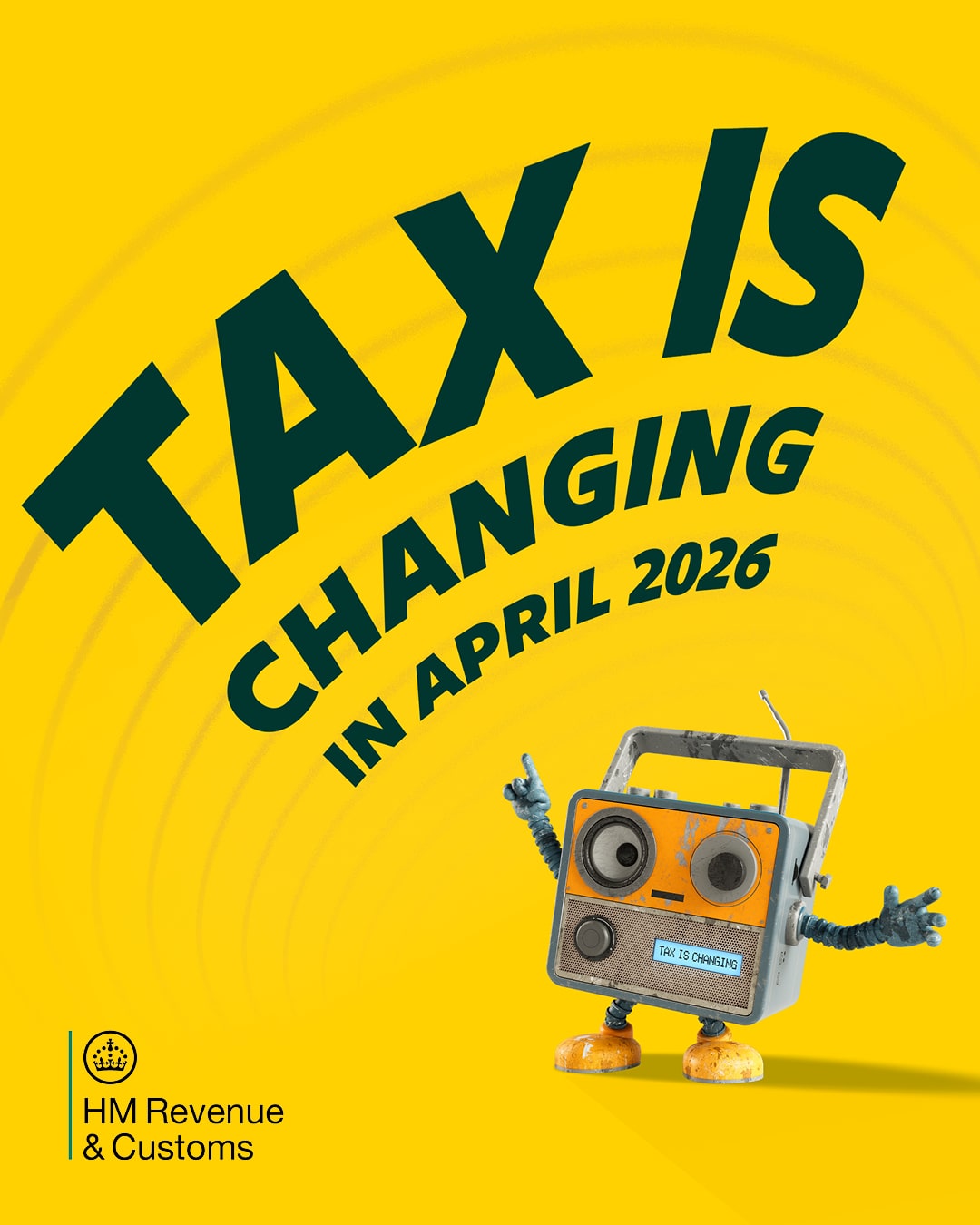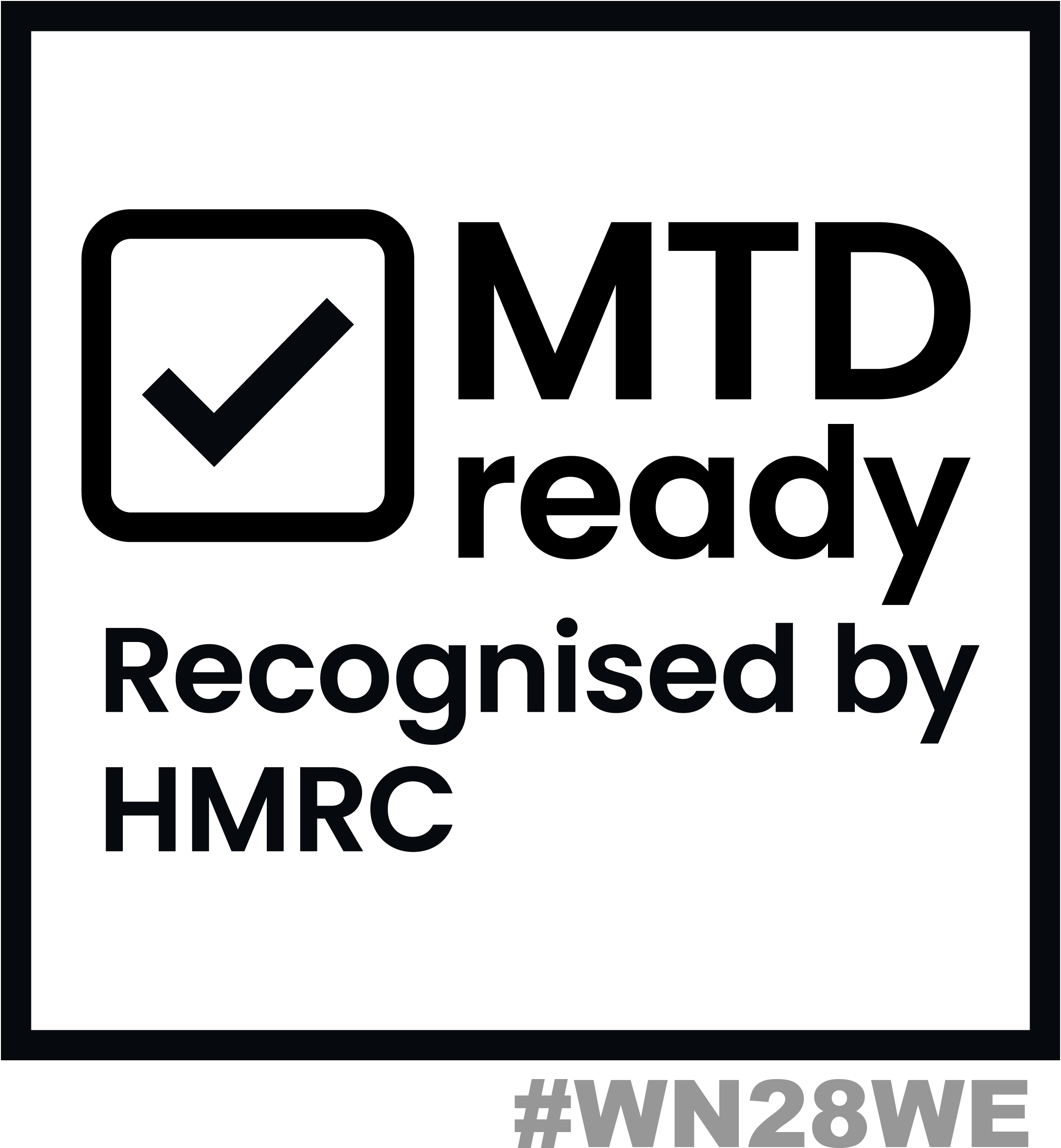What you can do
- Quarterly updates for self‑employment (cumulative totals)
- Cumulative totals: your latest figures replace the last submission
- Year‑end adjustments & allowances so figures match tax rules
- Final declaration — your digital Self Assessment return
Deadlines: each update is due within one month of the quarter end.
Keep your spreadsheets
- Use our starter template or your own spreadsheet
- Simple mapping: match your income & expense totals to HMRC categories
- No CSV export required — the app bridges your totals to HMRC
Need a spreadsheet? Download our self‑employed MTD spreadsheet template.
Works on macOS 13+, iPhone & iPad 16.4+.
Good to know (self‑employment updates)
- Cumulative updates: if something changes, just submit again — your latest totals replace the previous figures.
- Rolling submissions: you can include figures right up to today when you file an update; you don’t have to stop at the quarter end.
- Totals‑based: quarterly updates are summary totals (income & expenses). You keep digital records in your spreadsheet; detailed breakdowns are finalised at year end.
Quarterly fields you’ll submit (examples)
Quarterly updates are summary totals. Depending on your turnover, you can submit a minimal set of fields or a fuller breakdown.
If turnover is under £90,000 (minimal)
- Turnover (sales)
- Other income (if any)
- Consolidated expenses (single total)
Otherwise (typical fields)
- Turnover (business income)
- Other income (if any)
- Allowable expenses (e.g., cost of goods, advertising & marketing, office costs, professional fees)
- Vehicle costs (actual costs or simplified mileage)
- Home working costs (actual costs or HMRC flat‑rate)
Items like capital allowances and CIS tax deducted are typically finalised at year end as part of the final declaration.
FAQs
Do I have to post every transaction each quarter?
No — quarterly updates are summary totals. Keep your digital records; the app submits the totals.
What if I have multiple trades?
Create a separate spreadsheet (and mapping) per trade so each business has its own quarterly updates.
Can I claim simplified expenses?
If you use HMRC’s simplified methods (e.g., flat‑rate mileage), include those in your expenses totals. You’ll finalise at year end in the final declaration.
Common self‑employment setups
- Single trade: one spreadsheet; submit one quarterly update per obligation.
- Multiple trades: use a separate spreadsheet and mapping for each trade.
- Mixed income: self‑employment now; dividends/savings/pension are added in the final declaration.

See HMRC’s official campaign site to understand who needs to join and what changes in April 2026.
HMRC campaign siteReady to try it?
We’re onboarding self-employed users on an invite‑only basis for the 2025–26 tax year.
